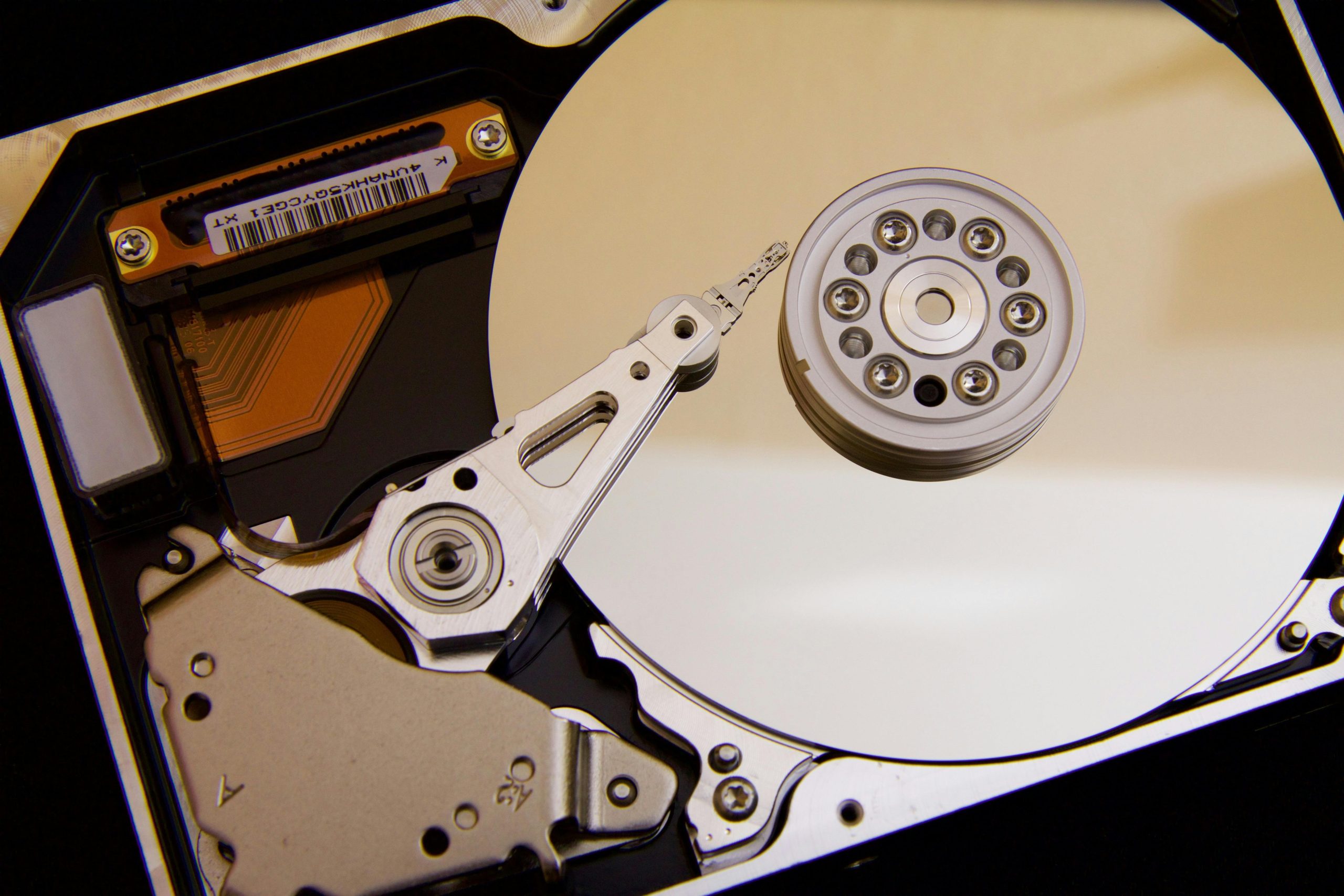Troubleshooting Boot Issues with an SSD: A Guide to Getting Your System Up and Running
It can be frustrating when your Solid State Drive (SSD) is detected in the BIOS but fails to boot. If you’ve recently transferred your SSD from another system, you may encounter some hiccups along the way. Let’s explore some potential causes and solutions for this issue.
Understanding the Problem
You have a Crucial MX500 1TB SSD originally used in a different rig, and while it’s recognized as a storage device in your ASUS TUF X570 Plus motherboard’s BIOS, it won’t boot. You intended to perform a fresh installation of Windows, a task you’ve handled successfully before. This situation leads to a common question: What is causing this problem, and how can you enable boot functionality from this drive?
Possible Causes of the Boot Issue
-
Windows Installation Compatibility: If the SSD has an existing Windows installation from another motherboard, drivers specific to that hardware may conflict with your current setup.
-
BIOS Settings: Sometimes, your BIOS settings may need adjustments. Check if your SSD is set as the primary boot device. Additionally, enable AHCI mode, which is optimal for SSDs.
-
Boot Partition Issues: The SSD may not have the appropriate boot partition configured, particularly if the installation process was interrupted or not completed correctly.
-
UEFI vs. Legacy BIOS: Ensure that your system is using the correct mode based on how Windows was installed. If Windows was installed in UEFI mode, your motherboard must also be set to UEFI.
-
Corrupted Installation: The existing Windows installation may be corrupted, which could prevent the system from booting properly.
Steps to Resolve the Issue
-
Adjust BIOS Settings: Enter your BIOS setup and ensure the SSD is set as the first boot option. Additionally, toggle between UEFI and Legacy modes to see if one works better than the other.
-
Fresh Install of Windows: If the above adjustments don’t work, you might want to consider booting from a Windows installation USB. This will allow you to perform a clean install directly onto the SSD, ensuring no residual settings or files are causing boot problems.
-
Check Cable Connections: Sometimes, a simple hardware mistake can lead to boot issues. Make sure all cables are firmly connected and that the SSD is securely seated in its slot.
-
Firmware Updates: Ensure your
Share this content:



